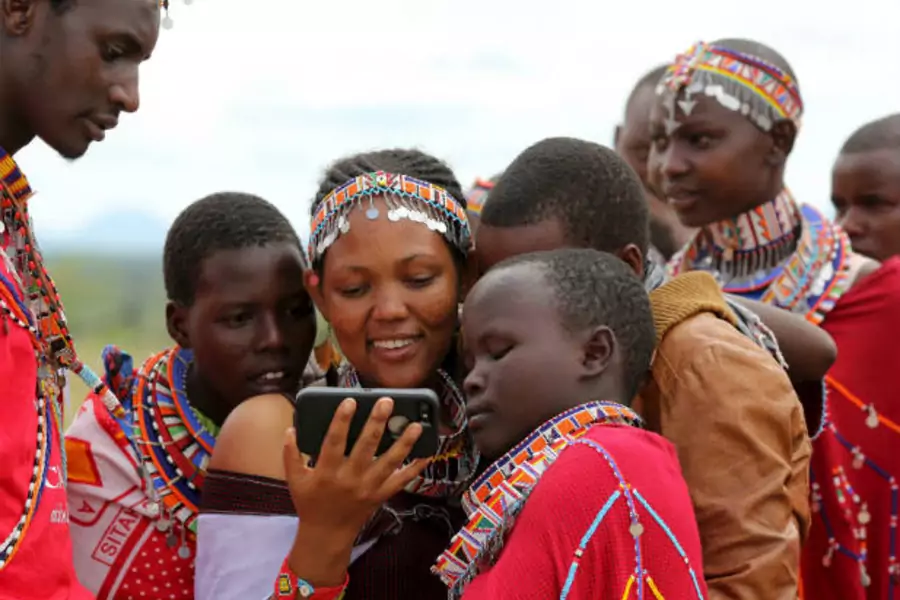More on:
In July, the United Nations will convene a high-level forum to review progress towards the 2030 Agenda for Sustainable Development (SDGs). This review promises to highlight an early challenge to the realization of the SDG framework: gaps in data that threaten to undermine progress and accountability. Experts suggest that current statistical systems can fully track and measure indicators for only a handful of the 169 targets that comprise the 2030 agenda. Data gaps are largest in the world’s poorest countries, with estimates of up to $1 billion per year required in order to enable low-income countries to measure progress toward the goals. And in many countries, reliable data on the status of women and girls are sorely lacking.
The numbers detailing gaps in information on women and girls are sobering: according to Data 2X, an NGO that aims to close gender data gaps, over twenty percent of countries fail to disaggregate by gender national statistics on mortality, labor force participation, education, and some health outcomes. And seventy percent of countries do not disaggregate statistics by gender related to informal employment, business ownership, unpaid work, or domestic violence. This means that, in many places around the world, even the most basic aspects of the lives of women and girls— where and when they are born, the hours of paid or unpaid work they assume, their ownership of household assets, or how they die—are invisible. Reliable and regularly collected data are needed to measure progress not only towards Goal Five, which is focused on gender equality, but across all seventeen sustainable development goals.
Counting women and girls is critical not only to ensure accountability against the SDGs, but also to shape effective development policy. Consider, for example, the Together for Girls initiative, a public-private partnership between the United Nations, the U.S. and Canadian governments, the private sector, and others to track and combat sexual violence against children. Prior to this effort, countries lacked reliable information about the scale or scope of the problem—or its relationship to global health issues, such as the transmission of HIV/AIDS. Early results revealed alarming rates of sexual assault among early adolescents—such as in Tanzania, where nearly 30 percent of girls and 10 percent of boys had suffered some form of sexual violence—and led to the first ever national-level data collection tool to measure violence against children, now used by governments around the world. These findings not only improved national programs to address the scourge of gender-based violence, but also offered new insight into the relationship between sexual violence against adolescents and the spread of HIV. This understanding, in turn, has informed and improved U.S. efforts through the President’s Emergency Plan to AIDS Relief (PEPFAR) to reduce high rates of HIV infection by focusing on adolescents most at risk of sexual violence. Data on women and girls, then, are critical to ensure that policy approaches are evidenced-based—and strategic.
Making progress toward the 2030 agenda will require governments to step up their efforts to close gender data gaps—and private sector and philanthropic leaders also have a critical role to play. At the fourth Women Deliver conference held in Copenhagen last week, the Gates Foundation announced an unprecedented $80 million commitment to improve collection of data on women and girls under the sustainable development goals. This initiative will complement the work of the Global Partnership for Sustainable Development Data—a partnership launched last fall between the United States, Colombia, Kenya, and the Philippines, in collaboration with international organizations, businesses, and foundations—to identify and fill existing data gaps in order to make development efforts more effective. As U.S. Deputy Secretary of State Heather Higginbottom suggested at a recent CFR roundtable, the global partnership will align and support data collection, channeling resources to the countries that are most in need of technical assistance.
These efforts are promising, but need the sustained support of governments around the world in order to succeed. It is only with continued investment and stronger national statistical systems that we will know whether the status of women and girls around the world is improving—and whether we are making progress towards the 2030 agenda.
More on:
 Online Store
Online Store

